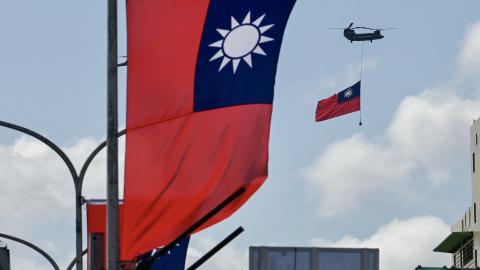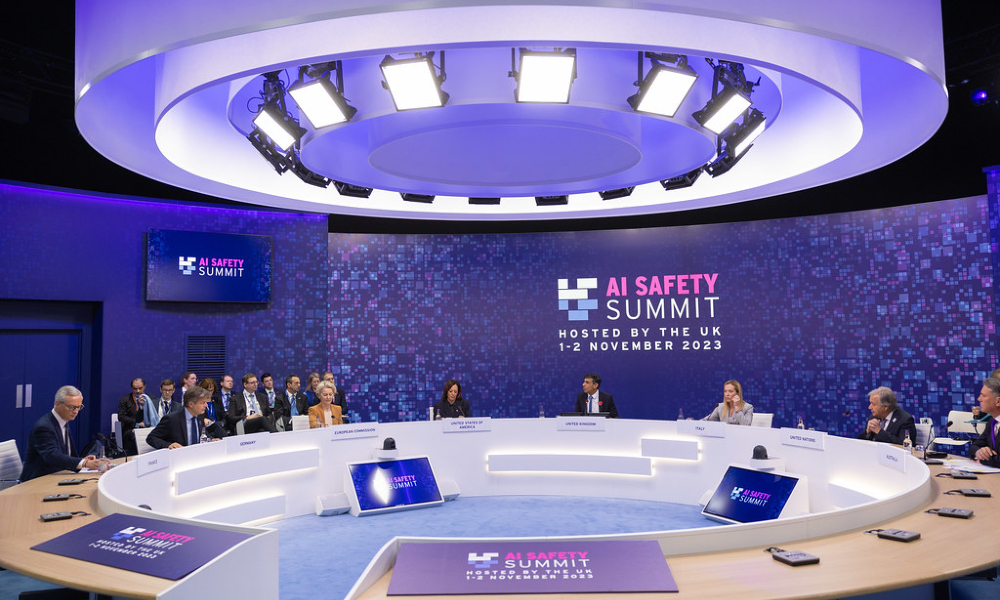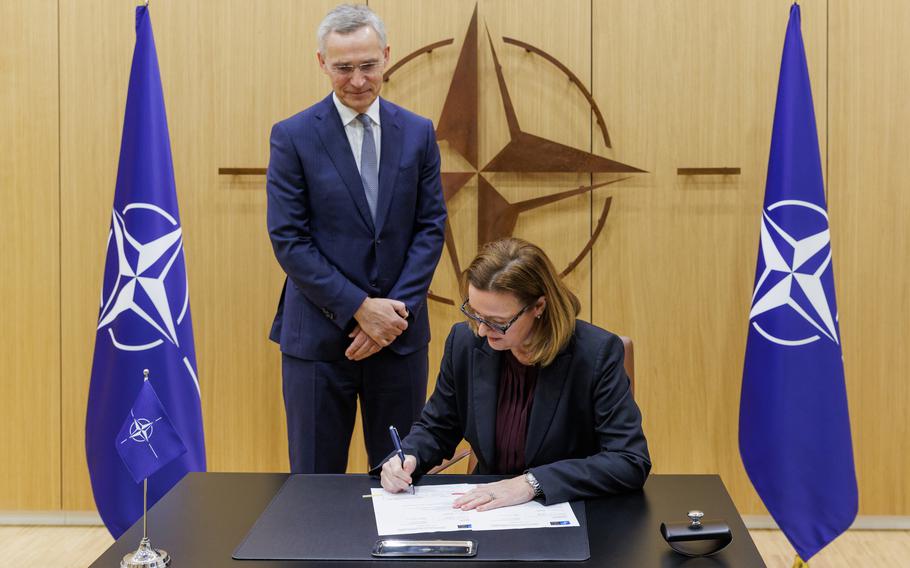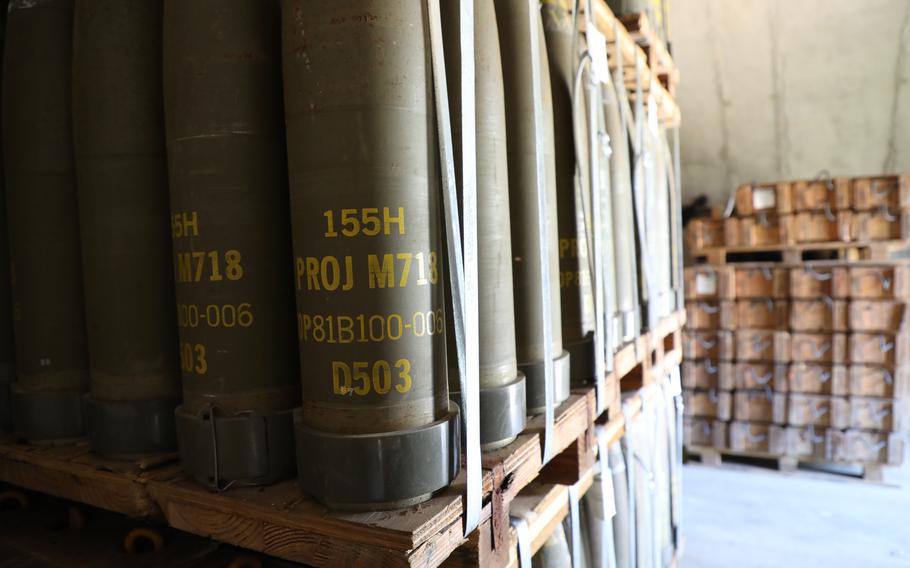Zachary Rogers

Israeli Defense Forces claim troops recently discovered a tunnel where hostages of Hamas, including children, were believed to be held “in harsh and inhumane conditions.”
IDF Spokesman Rear Adm. Daniel Hagari said troops discovered the tunnel in southern Gaza’s Khan Younis by means of “precise intelligence,” according to The Times of Israel, and that an entrance to the vast tunnel network was found beneath the home of a Hamas commander.
Israeli troops had to fight and kill Hamas gunmen when they first entered the tunnel, Hagari added. No hostages were found, but troops did discover a part of the tunnel that contained evidence hostages were held there.
IDF shared photos of the makeshift space, which included plastic furniture, oscillating fans, sleeping bags and even a child’s drawings and scribblings that were done in crayon.

IDF shared photos of the makeshift space, which included plastic furniture, oscillating fans, sleeping bags and even a child’s drawings and scribblings that were done in crayon.
“The tunnel was rigged with explosives and blast doors designed to protect the terrorists and prevent the advancement in finding our hostages,” Hagari said in the statement.



:quality(70)/cloudfront-us-east-1.images.arcpublishing.com/archetype/5JJTEXG76VBSPOGFHOVDYYRU7A.jpg)
:quality(70)/cloudfront-us-east-1.images.arcpublishing.com/archetype/ZCXHECG64BGOPFMAIK5MXXRODE.jpg)














:quality(70)/cloudfront-us-east-1.images.arcpublishing.com/archetype/7GJDQ2F42BARLMWZHIV737PWGE.jpg)

